
Sanctuary Mountain Maungatautari
A predator-free sanctuary protecting New Zealand's unique native wildlife and ancient forests. Experience kiwi, rare birds, and lush bushland.
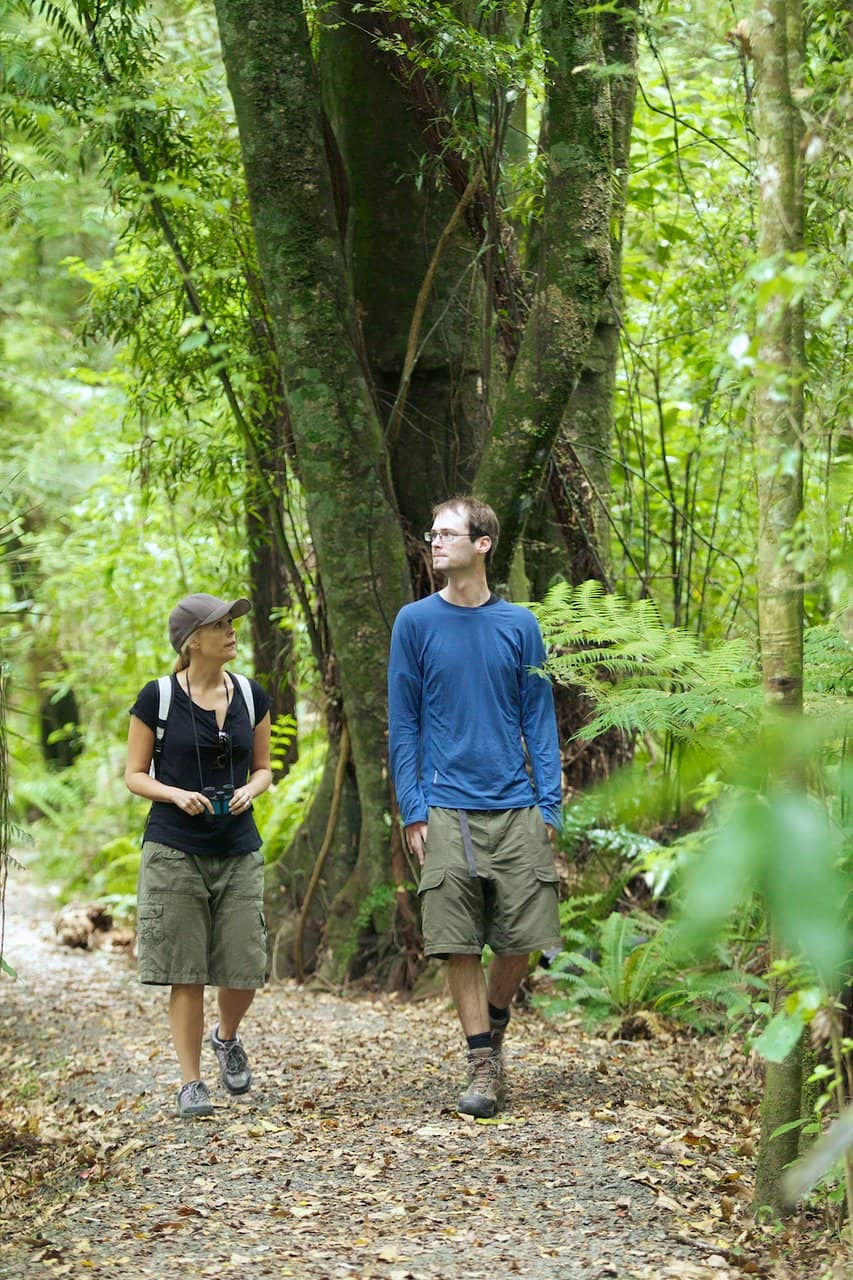
Highlights
Must-see attractions
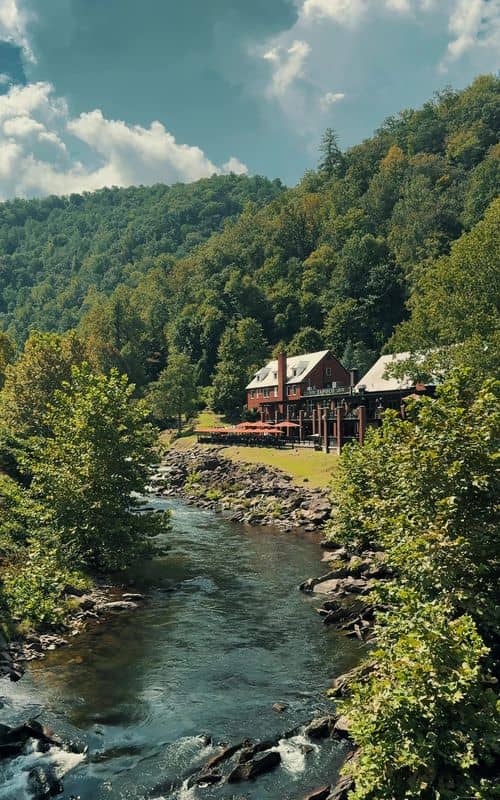
Social
From TikTok & Reddit
Best Time
Warmer weather, active wildlife

Sanctuary Mountain Maungatautari
Best Time
Warmer weather, active wildlife

Highlights
Must-see attractions
A predator-free sanctuary protecting New Zealand's unique native wildlife and ancient forests. Experience kiwi, rare birds, and lush bushland.
"Amazing place! The team here is so passionate about protecting NZ’s native wildlife. "
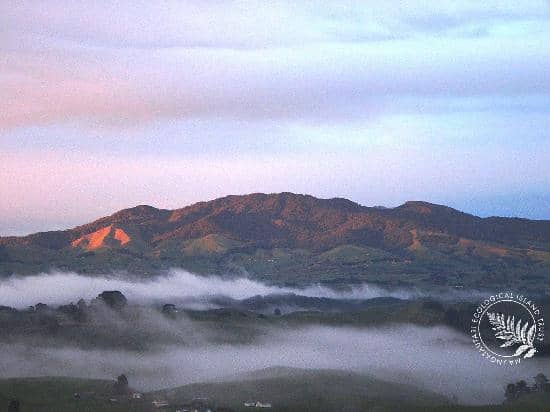
Book Guided Tours
Enhance your visit with knowledgeable guides who share insights into conservation efforts and wildlife.
Wear Comfortable Shoes
Trails are well-maintained, but you'll be doing a lot of walking through varied terrain.
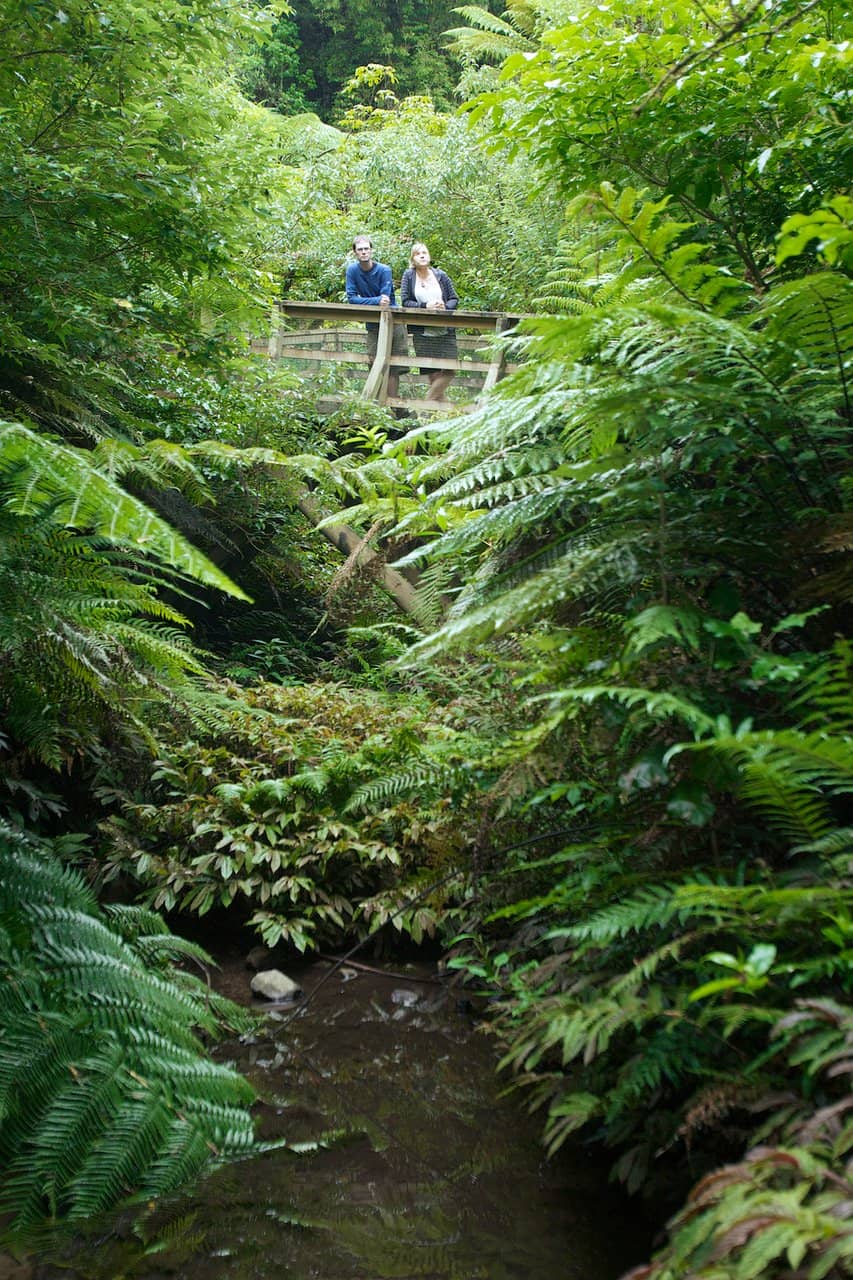
Highlights
Discover the most iconic attractions and experiences
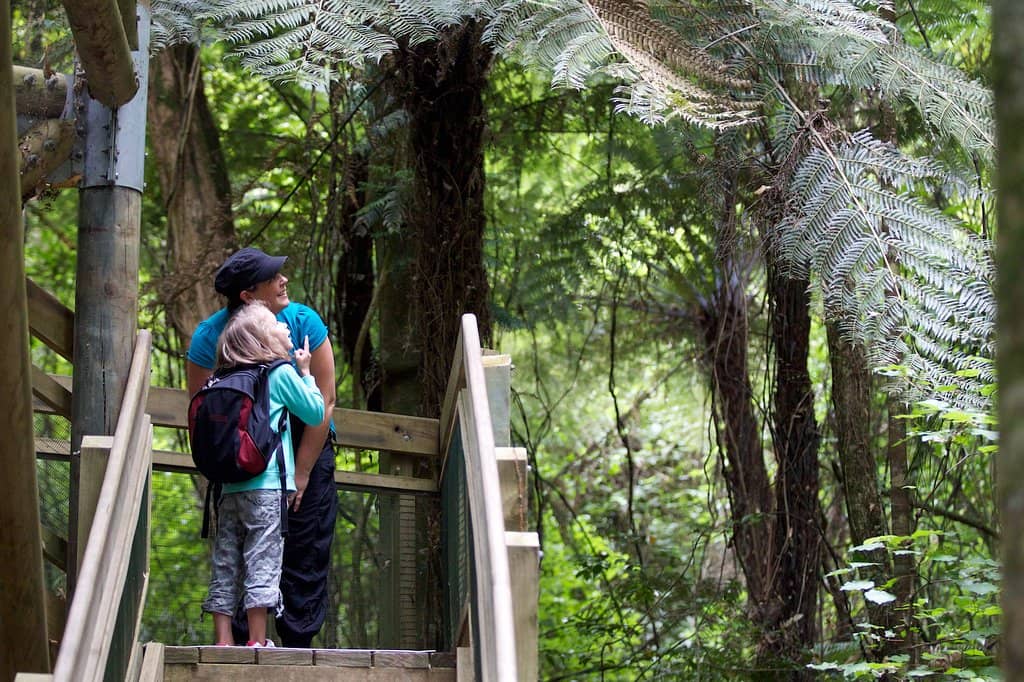
Kiwi Release Experience
Get up close with New Zealand's national icon during a guided release. A truly unforgettable wildlife encounter.
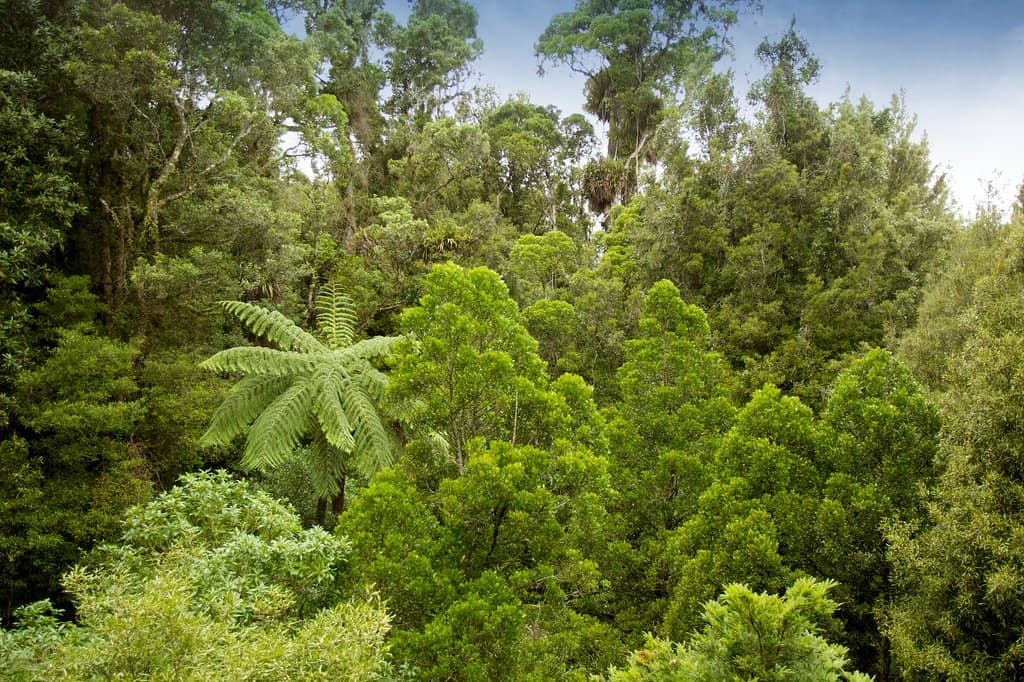
Predator-Free Native Forest
Explore lush, untouched bushland teeming with native birds and reptiles in a safe, pest-free environment.

Observation Tower Views
Ascend for panoramic views of the sanctuary and surrounding landscapes, offering a unique perspective of this ecological marvel.
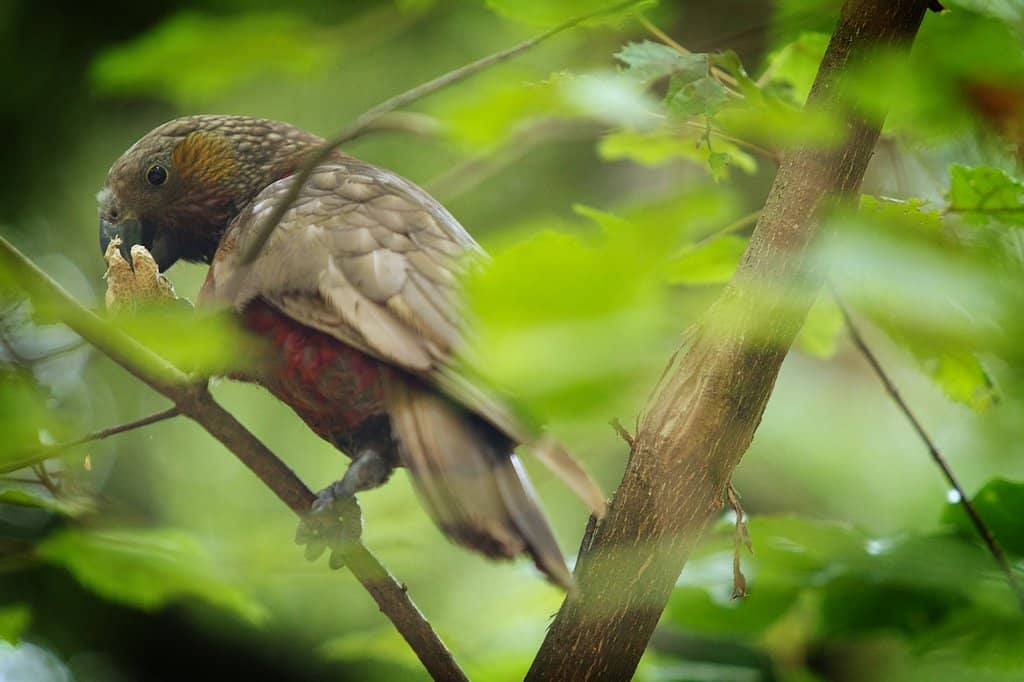
Giant Wētā Translocation Site
See the Mahoenui giant wētā thriving in their new predator-free home, a significant conservation success story.
Plans like a pro.
Thinks like you
Planning Your Visit
Book Your Kiwi Encounter
Embrace the Native Bush
Best Times
Insider Tips
from TikTok, Instagram & Reddit
Book Guided Tours
Enhance your visit with knowledgeable guides who share insights into conservation efforts and wildlife.
Wear Comfortable Shoes
Trails are well-maintained, but you'll be doing a lot of walking through varied terrain.
Bring Your Camera
Capture the unique flora and fauna, though photographing birds can be challenging!
Support Conservation
Your visit and purchases directly fund the sanctuary's vital work.
Tips
from all over the internet
Book Guided Tours
Enhance your visit with knowledgeable guides who share insights into conservation efforts and wildlife.
Wear Comfortable Shoes
Trails are well-maintained, but you'll be doing a lot of walking through varied terrain.
Bring Your Camera
Capture the unique flora and fauna, though photographing birds can be challenging!
Support Conservation
Your visit and purchases directly fund the sanctuary's vital work.
What Travellers Say
Reviews Summary
Visitors consistently praise Sanctuary Mountain Maungatautari for its passionate staff and exceptional guided walks, highlighting the incredible opportunity to witness New Zealand's native wildlife in a predator-free environment. While photographing birds can be challenging, the overall experience is highly recommended for its conservation impact and natural beauty.
"Amazing place! The team here is so passionate about protecting NZ’s native wildlife, and the guided walks are first class. A must-visit if you want to see the beauty of our forests and learn how we can help protect them. I will be back in late spring for sure."
Thomas Warren
"Great experience with our special guide "Lyn of Tawa"; very knowledgeable and tolerated my endless cheeky questions. Staff could not have been more friendly. Birdsong seems to be a given but catching them in photos is let's say "challenging" :)"
David Broadhead
"This was a Must Do and finally everything came together and we managed to go . Thanks to Rosie for the short guided tour explaining just SOME of the reasons Maungatautari was entirely fenced . This Sanctuary is all self funded so every tour/self guided walk, food, gifts and $$ spent go back to the Sanctuary. Please Go do this the tracks are great , we'll maintained , lots of great information. Highly Recommend Sanctuary Mountain."
Brian Meiklejohn
What People Like
What People Dislike
Frequently Asked Questions
🚇 🗺️ Getting There
Sanctuary Mountain is located in the Waikato region of New Zealand. It's accessible by car, with parking available at the visitor center. Many visitors drive from Hamilton or Rotorua, which are about an hour away.
Public transport options are limited. It's generally recommended to have your own vehicle or arrange transport. Check local bus schedules if relying on public transport, but be prepared for potential long waits or limited service.
From Hamilton, take State Highway 1 north, then State Highway 5 towards Rotorua, turning off onto State Highway 29. Follow signs for Maungatautari. From Rotorua, take State Highway 5 south, then State Highway 29.
Yes, ample parking is available at the main visitor center, making it easy to access the sanctuary's facilities and trailheads.
While possible, cycling routes may not be well-marked or safe for all cyclists. It's best to confirm local cycling infrastructure and safety before planning a cycling trip.
🎫 🎫 Tickets & Entry
Entry fees vary depending on whether you opt for self-guided access or a guided tour. Guided tours offer a more in-depth experience and are highly recommended. Check the official Sanctuary Mountain website for current pricing.
It is highly recommended to book tickets, especially for guided tours and the popular kiwi release experiences, as they can sell out. Booking online in advance ensures your spot.
Opening hours can vary seasonally. It's best to check the official Sanctuary Mountain Maungatautari website for the most up-to-date information on operating hours and tour schedules.
Yes, you can typically choose between self-guided access to explore the trails at your own pace or guided tours led by knowledgeable staff. Guided tours often include specific experiences like kiwi releases.
Yes, Sanctuary Mountain is largely self-funded. Your admission fees and purchases directly contribute to the ongoing conservation efforts and maintenance of the sanctuary.
🎫 🧭 Onsite Experience
You can see a wide array of native New Zealand birds like Takahe, Hihi, Kākā, Kōkako, and many more. You might also spot Tuatara and the Mahoenui giant wētā.
Absolutely! Guided tours are highly recommended as they provide invaluable insights into the sanctuary's ecosystem, conservation work, and wildlife.
The trails are generally well-marked and maintained, ranging from easy gravel paths to more challenging forest tracks. Wear comfortable footwear.
The observation tower offers fantastic views. Accessibility details for the tower and other facilities should be confirmed with the sanctuary directly, but many trails are manageable.
Yes, photography is encouraged! However, capturing clear shots of the native birds can be challenging due to their movement and the forest environment.
🍽️ 🍽️ Food & Dining
The visitor center typically has a cafe or kiosk offering refreshments and light snacks. For more substantial meals, it's advisable to dine before or after your visit.
Yes, visitors are generally welcome to bring their own food and drinks to enjoy in designated picnic areas. This is a great option for budget-conscious travelers.
The cafe usually offers coffee, tea, pastries, sandwiches, and other light snacks. It's perfect for a quick bite or a refreshing drink during your visit.
Options may vary, but cafes often have some vegetarian choices. It's a good idea to inquire directly about specific dietary needs if you have concerns.
The nearest towns with a wider selection of restaurants are Cambridge and Matamata, both about a 20-30 minute drive away.
📸 📸 Photography
The observation tower provides panoramic shots. The forest trails offer opportunities for macro photography of plants and insects, and capturing the unique birdlife.
Yes, photographing the native birds can be challenging due to their quick movements and the often dappled light within the forest. Patience and a good zoom lens are helpful.
A camera with a good zoom lens is highly recommended for wildlife photography. A wide-angle lens can be useful for capturing the forest landscapes.
Drone usage is typically restricted in conservation areas to protect wildlife and maintain a peaceful environment. Always check the sanctuary's specific drone policy before flying.
Photography rules during sensitive wildlife encounters like kiwi releases may vary. It's best to follow the guide's instructions to ensure the well-being of the birds.
For Different Travelers
Tailored advice for your travel style
👨👩👧 Families with Kids
Consider booking a guided tour that might include a kiwi encounter or health check, as these experiences are often tailored to be engaging for all ages. The sheer abundance of birdsong creates a magical atmosphere that children will remember. Pack snacks and drinks, as dining options are limited on-site.
🌿 Nature Enthusiasts & Birdwatchers
Bring your binoculars and a good camera with a zoom lens to make the most of your sightings. Consider joining a guided walk to gain expert insights and learn about the complex conservation efforts that make this sanctuary possible. The diverse habitats within the sanctuary also offer rich opportunities for plant and insect observation.
📸 Photographers
Experiment with different lenses – a zoom lens is essential for wildlife, while a macro lens can capture the intricate details of the flora and smaller creatures. Early morning or late afternoon light can be particularly beautiful for forest photography. Remember to respect the wildlife and maintain a safe distance.
Deep Dives
In-depth insights and expert knowledge
The Predator-Free Fence: A Conservation Marvel
The fence is a testament to dedicated conservation efforts and community involvement. It's not just a barrier; it's a symbol of hope for the recovery of endangered species. Visitors can learn about the fence's construction and ongoing maintenance, understanding its vital role in the sanctuary's success. The presence of this barrier allows for the reintroduction of species that might otherwise struggle to survive in the wild.
This innovative approach has enabled the sanctuary to become a vital stronghold for species like the Kākāpō and Kōkako, which are part of ongoing recovery programs. The predator-free status is meticulously maintained through regular checks and pest control within the fenced area, ensuring the long-term survival of its inhabitants.
Encountering Native Wildlife
Beyond the birds, the sanctuary also provides a safe environment for reptiles like the Tuatara, an ancient species that has survived for millions of years. The reintroduction of species like the Mahoenui giant wētā is another significant conservation success story, showcasing the sanctuary's commitment to protecting a wide spectrum of native fauna.
Guided tours are highly recommended for maximizing wildlife sightings. Guides are experts at spotting elusive species and can share fascinating insights into their behavior and conservation status. Even self-guided walks offer ample opportunities to observe wildlife, especially if you take the time to pause and listen.
The Visitor Experience: Trails and Tours
Guided walks are a popular choice, providing in-depth knowledge from passionate guides about the sanctuary's ecology, conservation efforts, and the unique species that inhabit it. These tours often include opportunities for special experiences, such as observing kiwi health checks and releases, which are incredibly memorable.
For those who prefer to explore independently, self-guided walks are also available. Informative signage along the trails helps visitors learn about the flora and fauna. The observation tower is a must-visit, offering breathtaking panoramic views of the sanctuary and the surrounding landscape.


Social
from TikTok, Instagram & Reddit